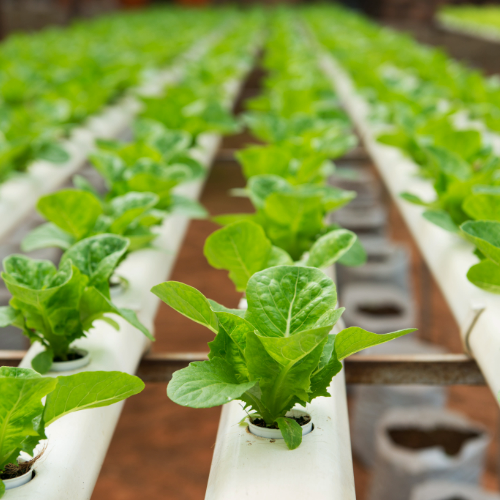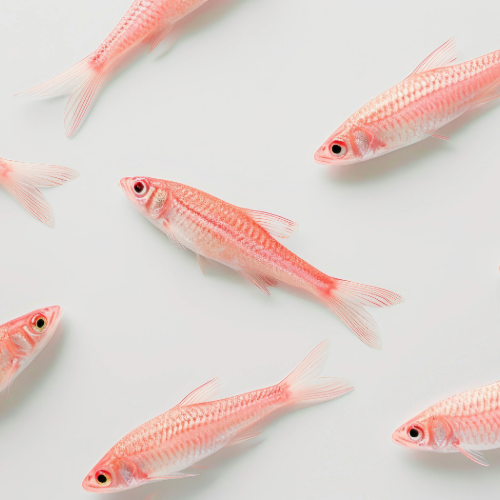
What is Farmelss farming?
FarmLess Farming is a revolutionary concept that reimagines the way we grow food. Instead of relying on vast expanses of land and traditional farming practices, FarmLess Farming leverages advanced techniques such as hydroponics, aeroponics, and vertical farming to cultivate crops in controlled environments, without the need for soil.
Key Features of FarmLess Farming:
Space Efficiency: By eliminating the need for soil, FarmLess Farming maximizes space utilization, allowing for the cultivation of crops in a fraction of the area required by traditional farming methods. This makes it possible to grow food in urban environments, on rooftops, and even indoors, opening up new possibilities for agriculture in densely populated areas.
Water Conservation: FarmLess Farming utilizes water-efficient techniques such as drip irrigation and recirculating hydroponic systems to minimize water usage. Compared to traditional farming, which can be highly water-intensive, FarmLess Farming offers a more sustainable alternative that helps conserve this precious resource.
Year-Round Production: With FarmLess Farming, seasonal limitations become a thing of the past. By controlling environmental factors such as temperature, humidity, and light, crops can be grown year-round, ensuring a consistent supply of fresh produce regardless of the weather outside.
Nutrient-Rich Harvests: In FarmLess Farming, growers have precise control over nutrient delivery, allowing them to optimize plant growth and produce crops that are healthier, more flavorful, and more nutritious than ever before. With the right balance of essential nutrients, crops can reach their full potential, resulting in higher yields and superior quality.
Sustainability: FarmLess Farming is inherently sustainable, with its focus on resource efficiency, minimal environmental impact, and closed-loop systems. By reducing the need for chemical inputs, minimizing waste, and maximizing productivity, FarmLess Farming offers a more eco-friendly approach to agriculture that is in line with the principles of sustainability and conservation.
At Farmless, we are focused on Hydroponics and Biofloc Fish Farming.
Hydroponics
Hydroponics is a soilless method of growing plants in which the roots are directly submerged in a nutrient-rich water solution.
This innovative agricultural technique allows for precise control over factors such as nutrient levels, pH balance, and water usage, resulting in faster growth rates and higher yields compared to traditional soil-based farming. Hydroponic systems can be tailored to fit various environments, including indoor setups, vertical farms, and urban gardens, making them suitable for a wide range of applications.
By minimizing the need for arable land and optimizing resource utilization, hydroponics offers a sustainable and efficient solution to food production challenges, promoting food security and environmental conservation.


Biofloc Fish Farming
Biofloc fish farming is a sustainable aquaculture technique that utilizes microbial communities, or bioflocs, to maintain water quality and provide nutrition for fish.
In biofloc systems, organic matter such as uneaten feed and fish waste is converted into microbial biomass, which serves as a natural food source for the cultured fish. This process helps to reduce water exchange requirements and promotes the recycling of nutrients within the system, resulting in improved water quality and reduced environmental impact compared to traditional aquaculture methods.
Biofloc fish farming can be implemented in various settings, including ponds, tanks, and recirculating aquaculture systems, making it a versatile and scalable approach to fish production. By combining ecological principles with modern technology, biofloc fish farming offers a sustainable solution to meet the growing demand for seafood while minimizing environmental degradation.
